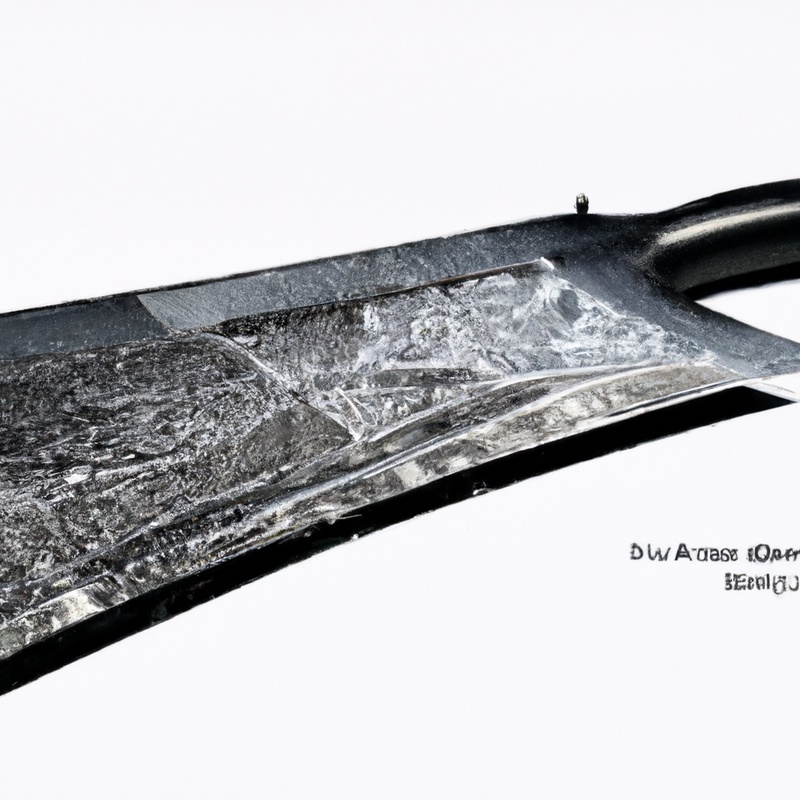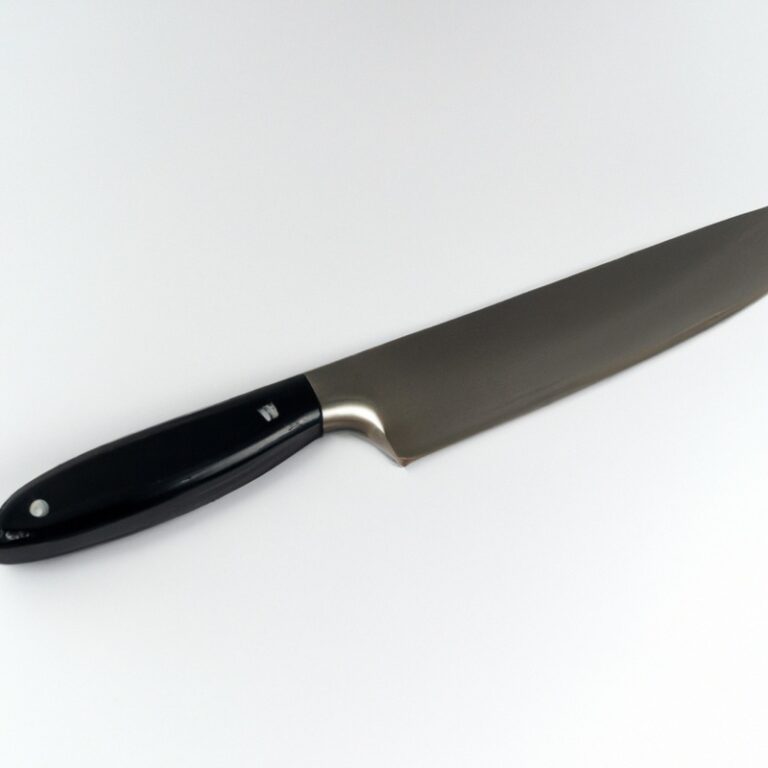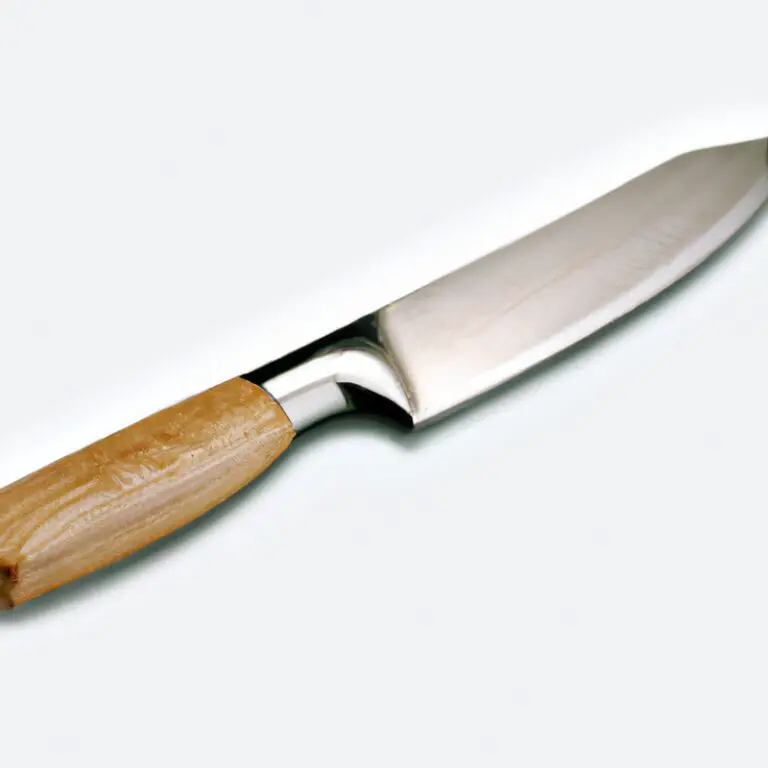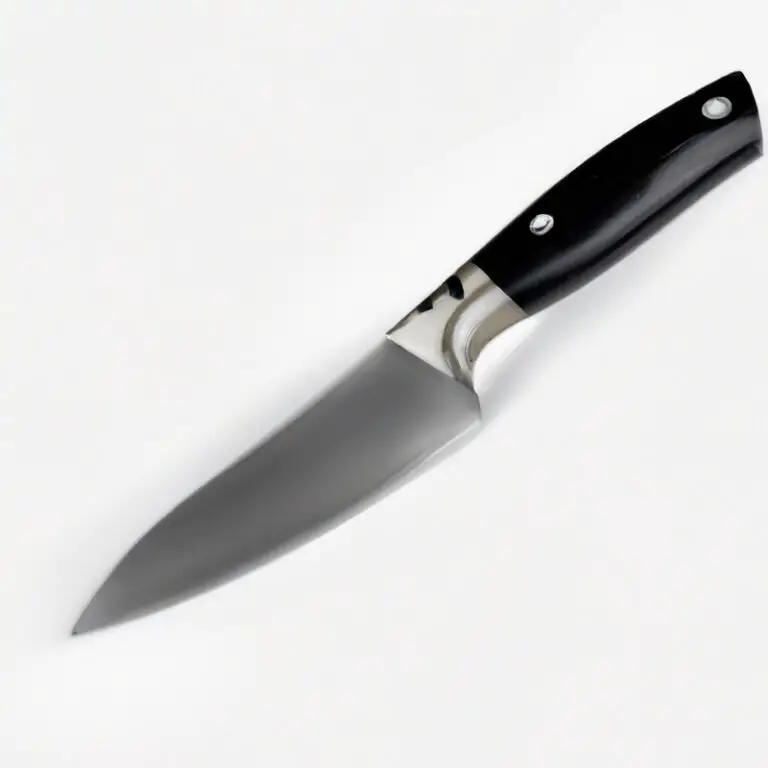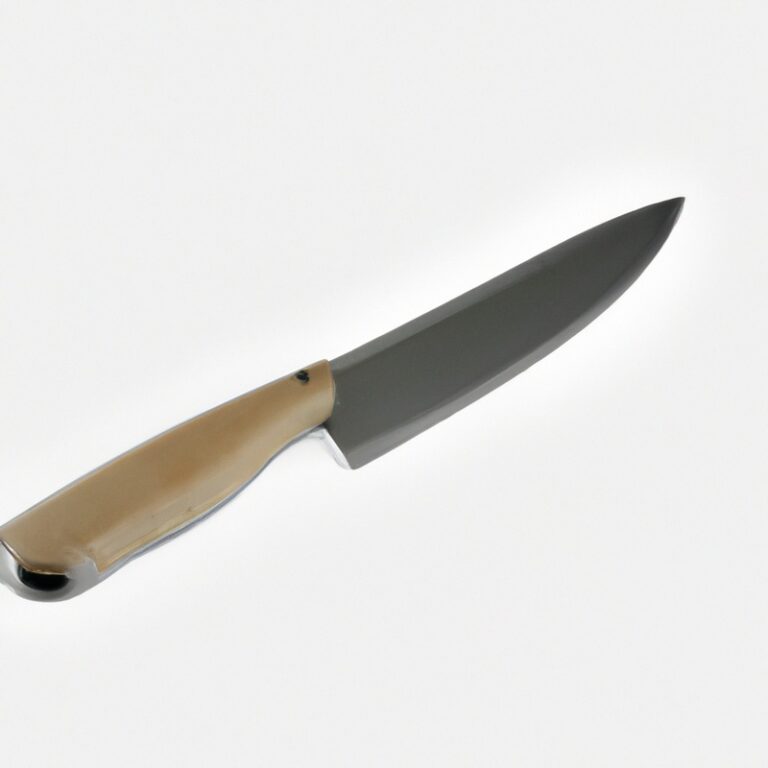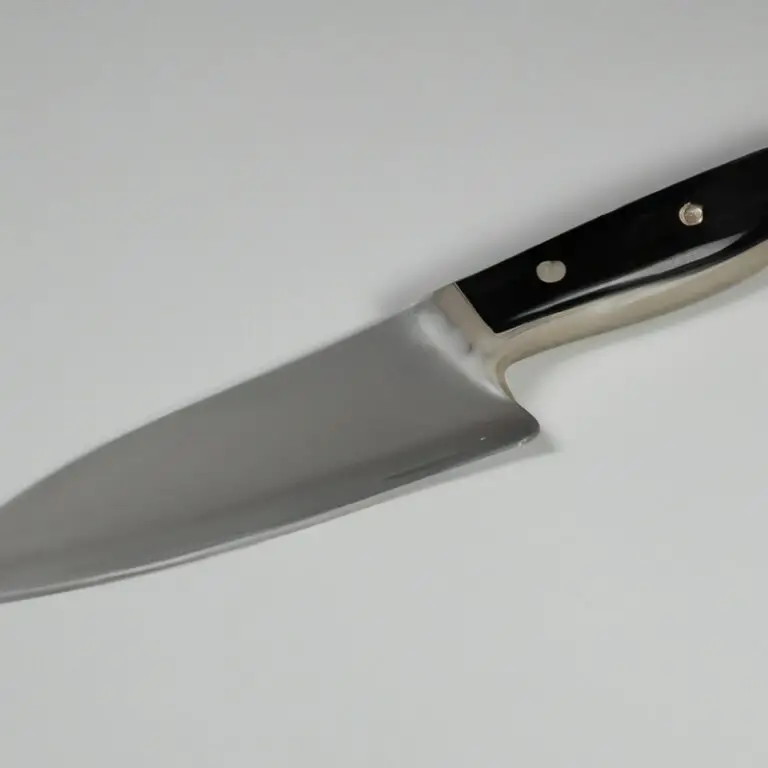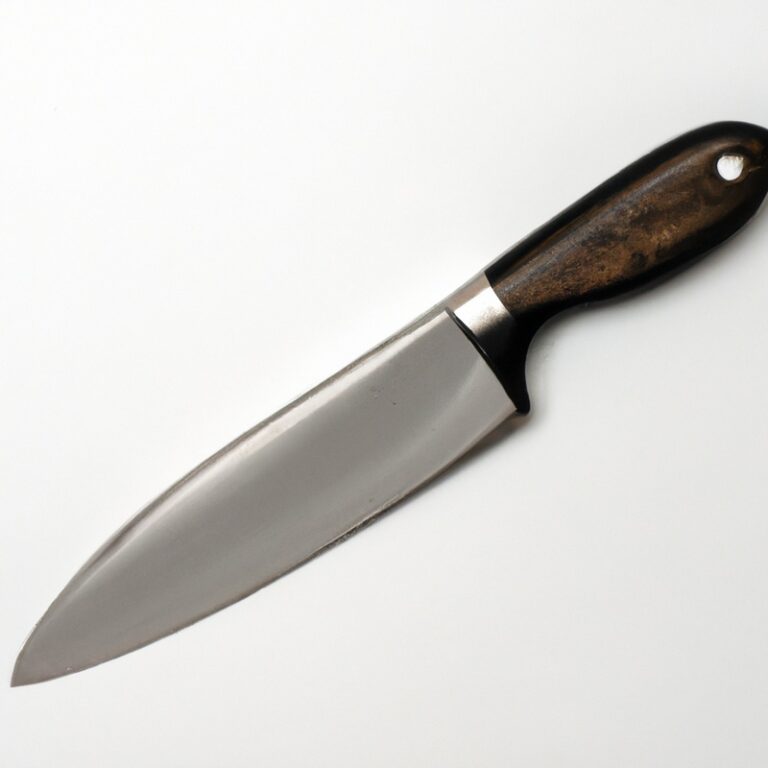How To Fillet a Panfish Using a Fillet Knife Like a Pro?
Key Takeaways:
- A sharp and sturdy fillet knife is necessary for easily filleting a panfish.
- Start by making a small incision behind the gills and follow the backbone to remove the fillet.
- Proper technique and patience are key to achieving a clean and boneless fillet.
- Always prioritize safety by using a cutting board, gloves, and keeping your fingers away from the blade.
Do you want to impress your fishing buddies with your filleting skills? Filleting a panfish is a crucial technique that every angler should master.
But learning how to fillet a panfish can be daunting, especially if you’re new to fishing.
Fear not! As a seasoned angler, I’m here to guide you through the process of filleting a panfish using a fillet knife. In this article, you’ll learn about choosing the right type of fillet knife, preparing the panfish, removing the head and tail, making the first cut along the backbone, removing the flesh, and many more tips and tricks to fillet a panfish like a pro.
So, let’s dive in!
| Steps | Details |
| Step 1 | Rinse the fish in cold water, and remove all the scales with a scaler or dull knife. |
| Step 2 | Lay the fish on a flat surface and make a cut down the middle of the fish’s back, from the head to the tail, using a sharp fillet knife. |
| Step 3 | Insert the knife at the base of the gills and make a cut from the head to the backbone, along the top of the rib cage. |
| Step 4 | Turn the fish over and repeat step 3 on the other side of the fish. |
| Step 5 | Remove the fillets by holding the tail end of the fish with one hand and using the fillet knife to cut between the flesh and the bones, starting at the tail and running the knife towards the head, following the contours of the ribs. |
| Step 6 | Once the fillet is fully separated, hold it with one hand and use the knife with the other hand to carefully cut away any remaining bones, ribs, or other unwanted parts of the fish. |
| Step 7 | Repeat steps 5 and 6 for the other side of the fish. |
| Step 8 | Rinse the fillets in cold water and pat them dry with paper towels. |
Choosing the Right Type of Fillet Knife
When it comes to selecting the right type of fillet knife, there are a few key factors to consider. The blade should be flexible enough to bend easily along the contours of the fish, yet sturdy enough to avoid buckling or breaking.
A good fillet knife should also be razor-sharp to make clean, precise cuts through the flesh.
Blades can be made of stainless steel or high-carbon steel, with each having their advantages and disadvantages. Stainless steel blades are resistant to corrosion and easy to clean, while high-carbon steel blades are sharper and hold an edge longer.
Another consideration is the length of the blade, with most fillet knives ranging from 6 to 9 inches.
A longer blade offers more leverage and versatility when filleting larger fish, while a shorter blade is easier to maneuver for smaller panfish. Ultimately, the right fillet knife for you will depend on your personal preference and the type of fish you will be filleting.
Consider investing in a quality fillet knife to ensure a successful and efficient filleting experience.
Preparing the Panfish for Filleting
To prepare a panfish for filleting, start by washing it thoroughly and removing any scales if necessary. Then, use a sharp knife to make an incision around the gills and down towards the spine.
Cut off the head and tail of the fish and discard them.
Next, insert the knife blade along the backbone of the fish and make a clean cut down to the tail. Carefully remove the flesh from the top of the fish and turn it over to repeat the process on the other side.
Use pliers or tweezers to remove any remaining bones from the fillet.
Finally, rinse the fillets and pat them dry with a paper towel. By properly preparing the panfish, you can ensure that you have the best quality fillets for cooking.
Removing the Head and Tail of the Panfish
To start filleting a panfish, the first step is to remove the head and tail. This task may seem basic, but it’s a crucial step in the process.
Start by placing the fish on a cutting board and securing it in place.
Next, use a fillet knife to make a cut behind the gills and down towards the backbone. Then, remove the head by using the spine as leverage or cutting through the joint where the head connects to the body.
After the head is removed, take the fillet knife and make a cut behind the anal fin towards the tail.
Be cautious when making this cut, as it’s easy to cut too deeply and lose valuable meat. Once the tail is removed, you’ll be left with a clean, headless, and tailless fillet that’s ready to be prepared further.
Removing the head and tail of the panfish is a simple but crucial step toward creating a delicious meal.
By following these steps, you’ll have a perfectly cleaned fillet to work with.
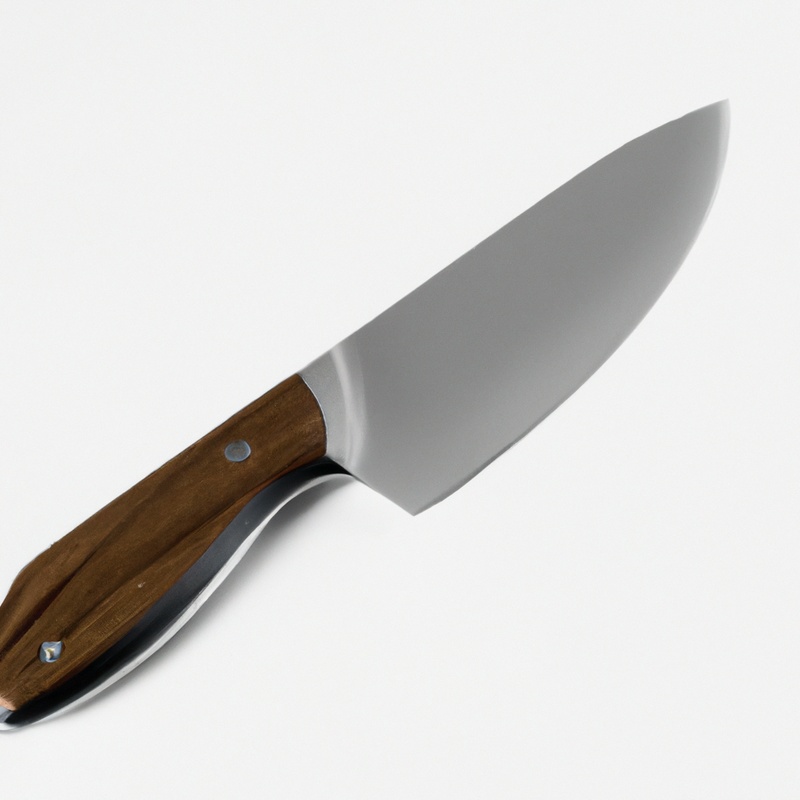
Making the First Cut Along the Backbone
To start filleting, place the panfish on its side with the back facing up. Locate the backbone and insert the tip of the fillet knife just behind the gills, at a slight angle towards the head.
Follow the contour of the backbone, making a clean incision towards the tail while using your non-dominant hand to hold the fish in place.
Taking care not to cut through the bones, run the blade’s long edge along the spine until you reach the bottom fin. Repeat the process on the other side.
Removing the Flesh from the Top of the Panfish
To remove the flesh from the top of the panfish, place the blade of your fillet knife flat against the skin near the head. Slowly start cutting toward the tail while using your other hand to pull the skin in the opposite direction.
Continue cutting until you reach the ribcage, then switch to a gentle sawing motion to separate the flesh from the bones.
Be careful not to cut through the bones or lose too much meat. Repeat this process on the other side of the panfish.
With practice, you will become more efficient at removing the flesh and filleting the panfish.
Turning the Panfish over and Repeating the Process
After removing the flesh from the top side, it is time to turn the panfish over and repeat the process. Place the panfish on its side with the head facing left and make a cut at the top of the spine behind the gills.
Hold the fish by the tail and use the fillet knife to make an incision at the top of the spine.
Keep cutting down until the knife hits the bones. Then, angle the knife towards the tail and slice the flesh away from the bones while pulling the fillet upward.
Keep the knife parallel to the bones and remove any remaining flesh from the ribcage.
Repeat the process on the other side of the fish. Always use long, smooth strokes and take care not to cut through the bones.
Turning the panfish over and repeating the process ensures that the maximum amount of flesh is removed.
Removing Any Remaining Bones from the Fillet
After you have removed the flesh from the top and bottom of the panfish, it’s time to remove any remaining bones from the fillet. Run your hands over the flesh to detect any bones that may have been missed.
Use a pair of tweezers or needle-nose pliers to carefully pull out any bones that are still present.
Be sure to do this carefully to avoid damaging the fillet. Alternatively, you can use a fillet knife to make a small cut along the center of the fillet and gently pull out the remaining bones with your fingers.
This technique works well for removing pin bones, which are the small, thin bones that are left behind even after cleaning the fish.
Be sure to take your time while removing the bones to ensure that you remove them all. It’s important to remove any remaining bones to make the fillet safe to eat and to enhance the overall dining experience.
Once the bones are removed, rinse the fillet with cold water and pat it dry with paper towels.
Handling the fillet carefully while removing the bones will help to ensure that the fillet remains intact and free from any damage. A perfectly filleted and boneless panfish fillet is a culinary delight that everyone will enjoy.
Handling and Storing the Fillets
After filleting the panfish, it is important to handle and store the fillets properly to ensure their freshness and taste. Rinse the fillets in cold water and pat them dry with a paper towel.
It is crucial to keep the fillets refrigerated as soon as possible.
Place the fillets in an airtight container or wrap them tightly in plastic wrap and place them in the refrigerator. For longer storage, vacuum-sealing the fillets can help to extend their shelf life.
It is best to consume the fillets within two to three days of filleting.
Proper handling and storage of fillets can make a big difference in the quality of the end product, so it is important to handle them carefully and store them correctly.
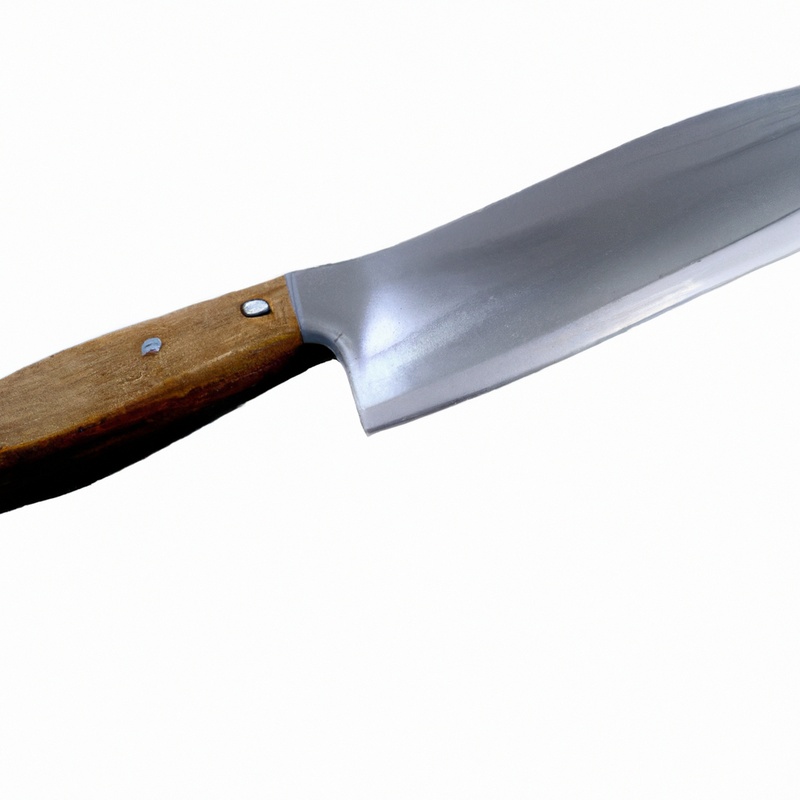
Tips and Tricks for Filleting Panfish like a Pro
Here are some tips and tricks to help you fillet panfish like a pro:
- Make sure your fillet knife is sharp: A dull knife will make it harder to fillet your panfish, so make sure your knife is sharp and ready to use.
- Use a cutting board: When filleting your panfish, make sure to use a cutting board to protect your work surface and to give you a stable surface to work on.
- Start at the head: Begin filleting your panfish at the head by making a small cut just behind the gills.
- Follow the backbone: When making your initial cut, follow the backbone of the fish to ensure a clean and even fillet.
- Use your fingers to guide the knife: As you cut, use your fingers to feel for the bones and guide the knife along the fillet.
- Remove the skin: Once you have removed the fillet, use a fillet knife or skinning pliers to remove the skin.
- Check for bones: Before cooking, make sure to check for any remaining bones in your fillet to avoid any potential choking hazards.
By following these tips and tricks, you can confidently fillet your panfish like a pro and enjoy delicious, bone-free fish every time.
Final Verdict
Filleting a panfish using a fillet knife may seem daunting at first, but with the proper technique and tools, it can be a rewarding and enjoyable experience. Remember to choose the right type of fillet knife, prepare the panfish properly, make the cuts along the backbone, and remove any remaining bones from the fillet.
Additionally, handle and store the fillets with care to maintain their freshness and quality.
By following these tips and tricks, you can fillet panfish like a pro. Trust the information presented in this article, and with practice, you’ll develop the skills and confidence to fillet any panfish with ease.
So, go ahead and give it a try, and impress your family and friends with your newfound expertise in filleting panfish!

